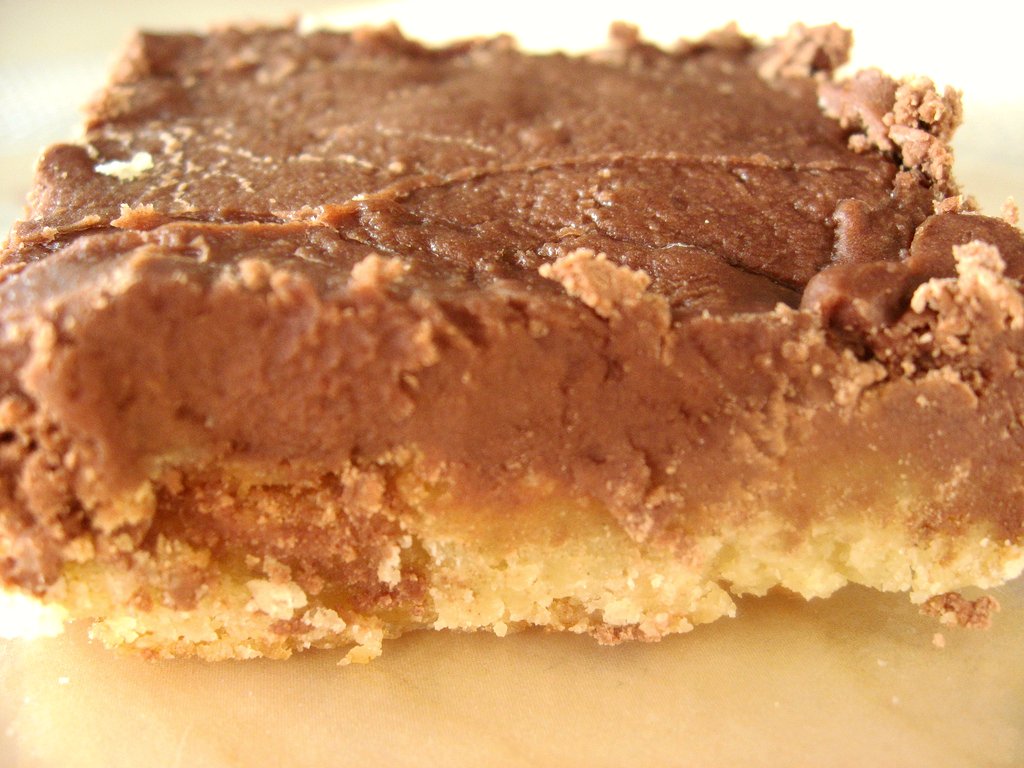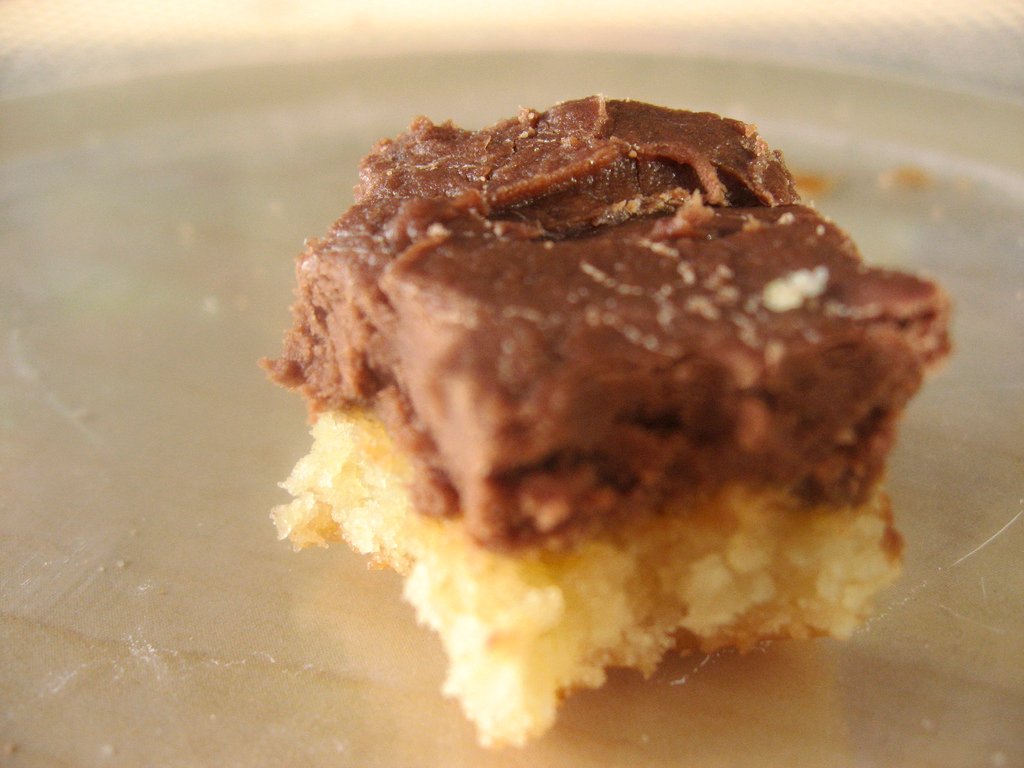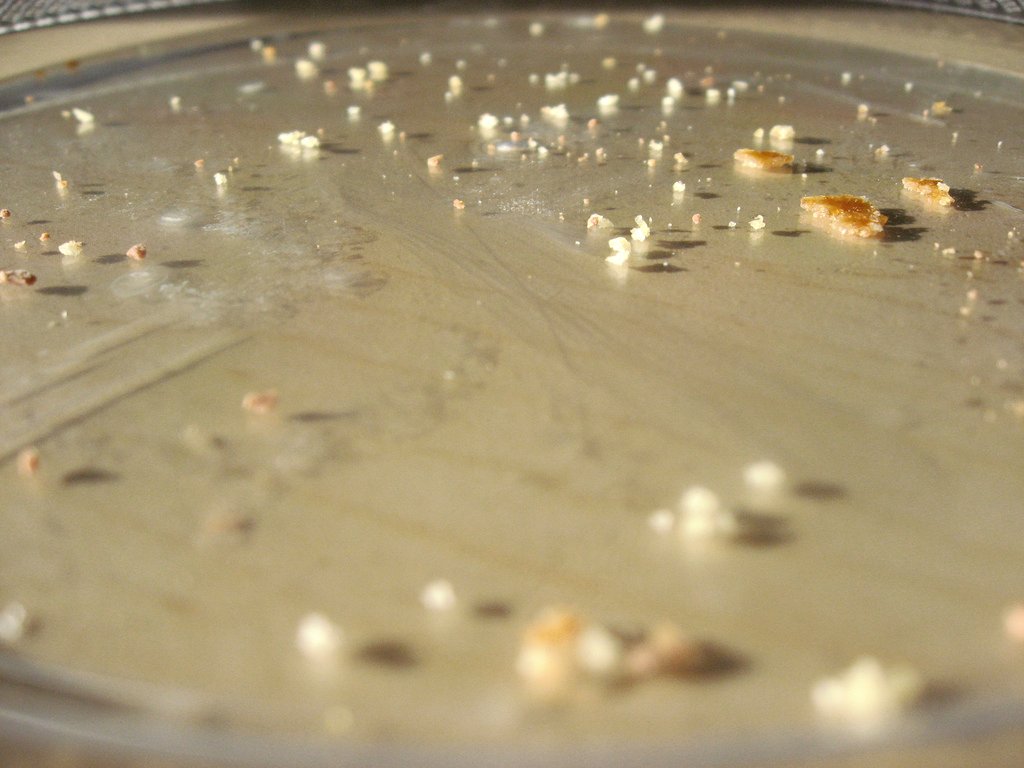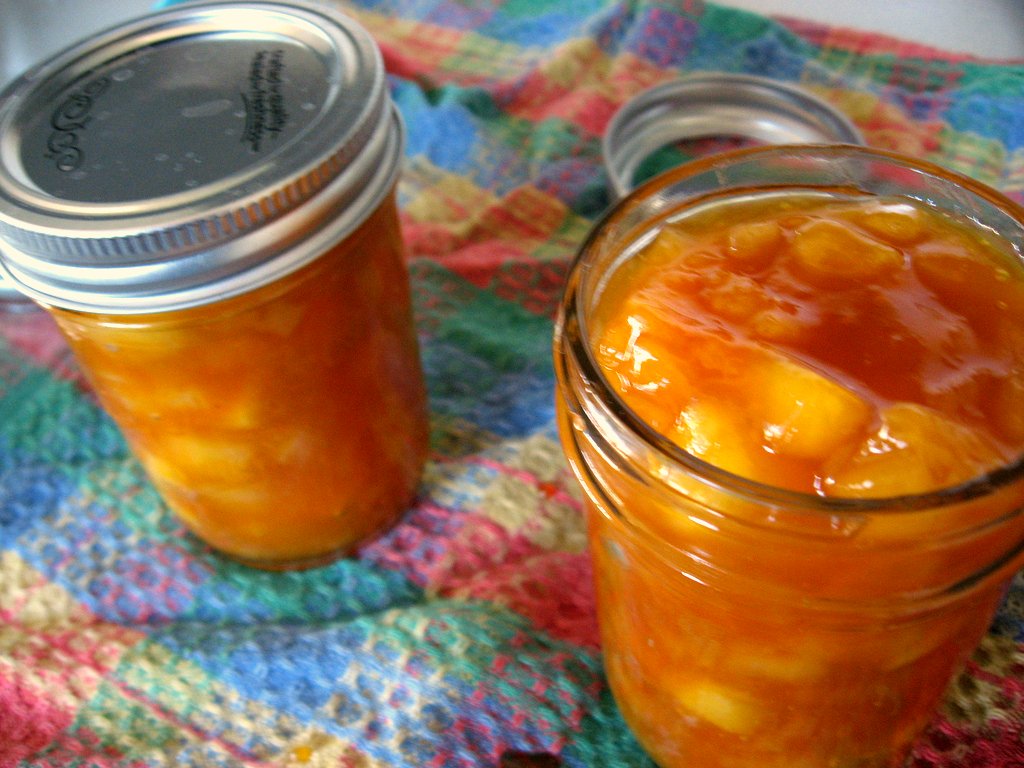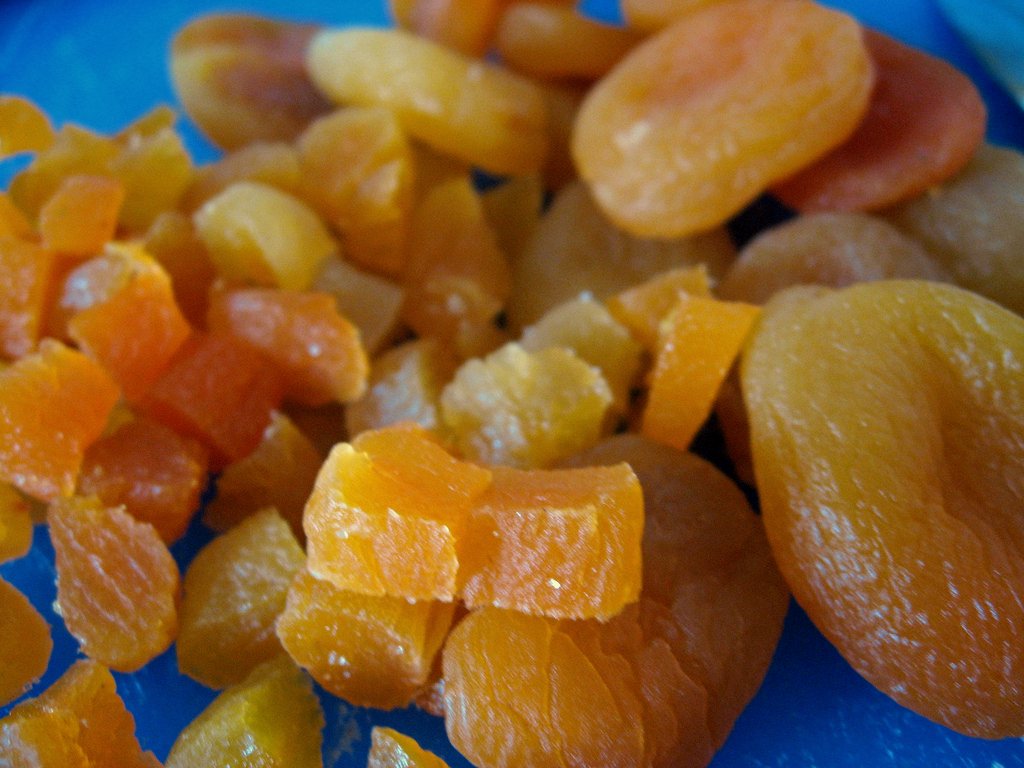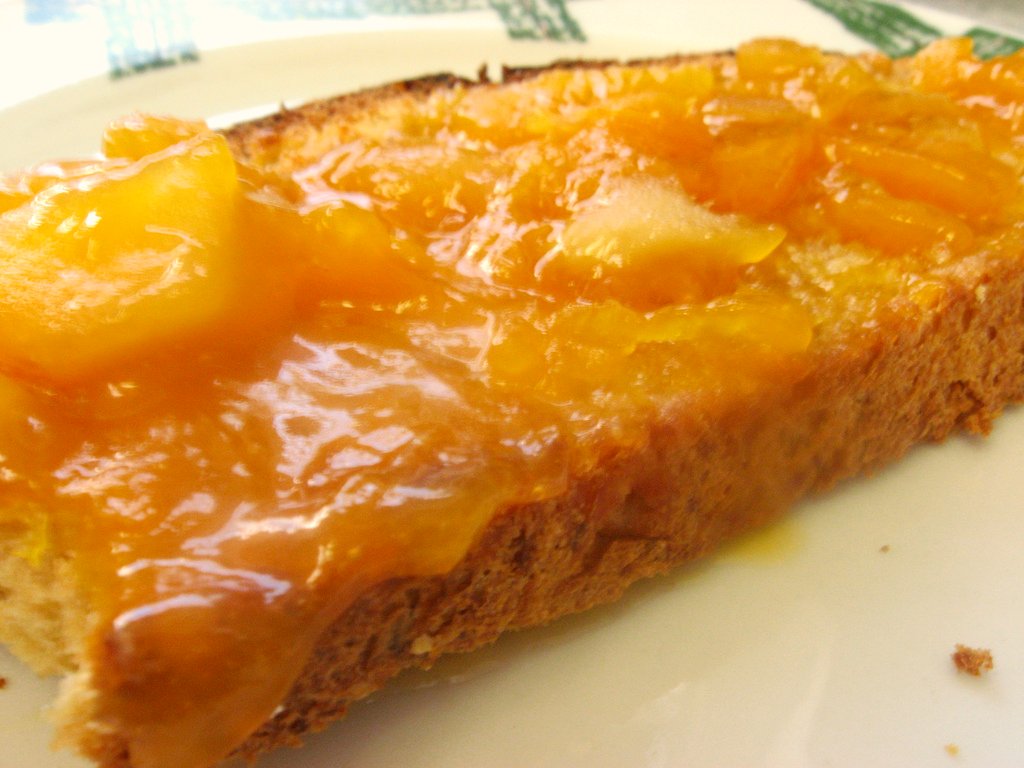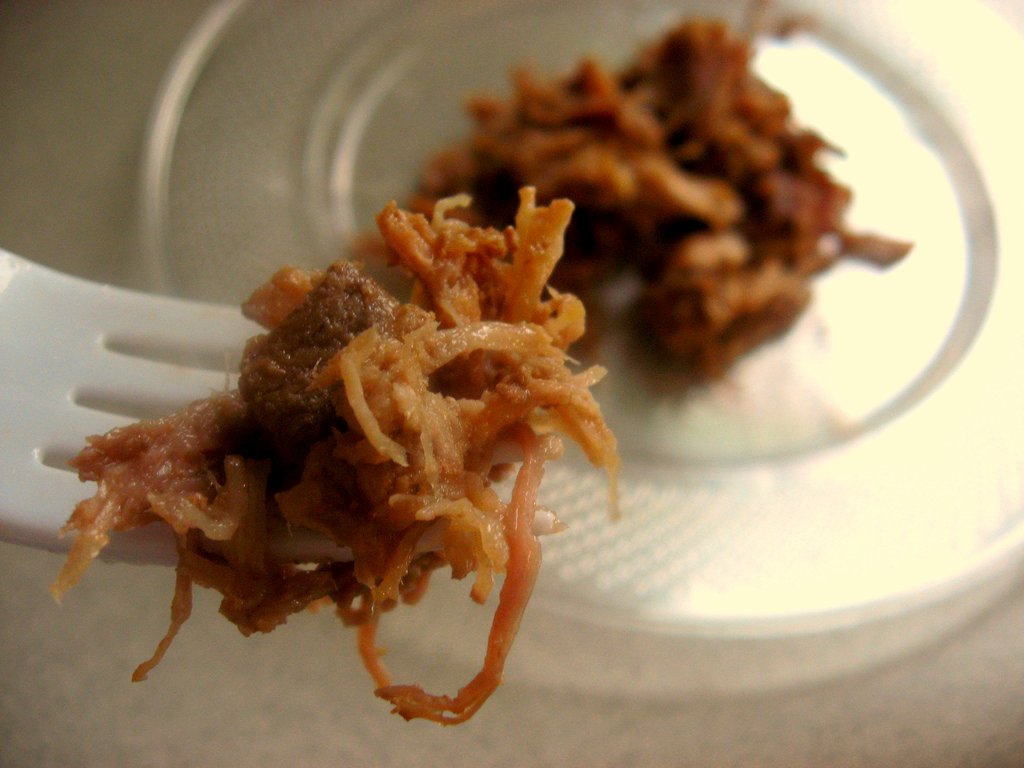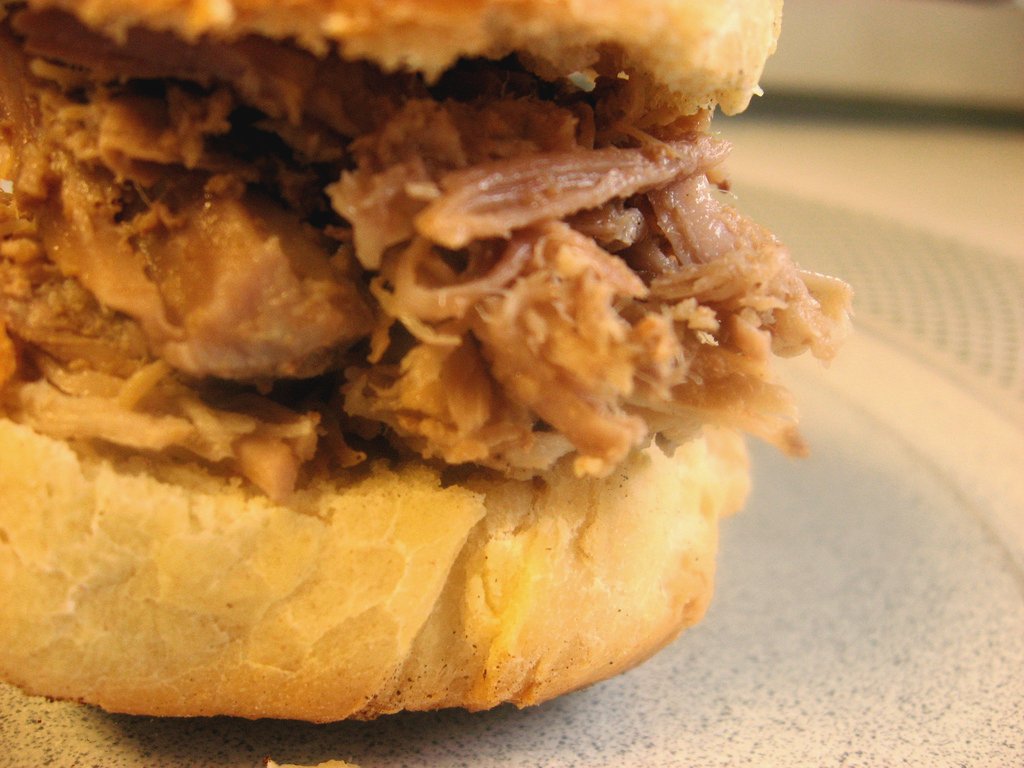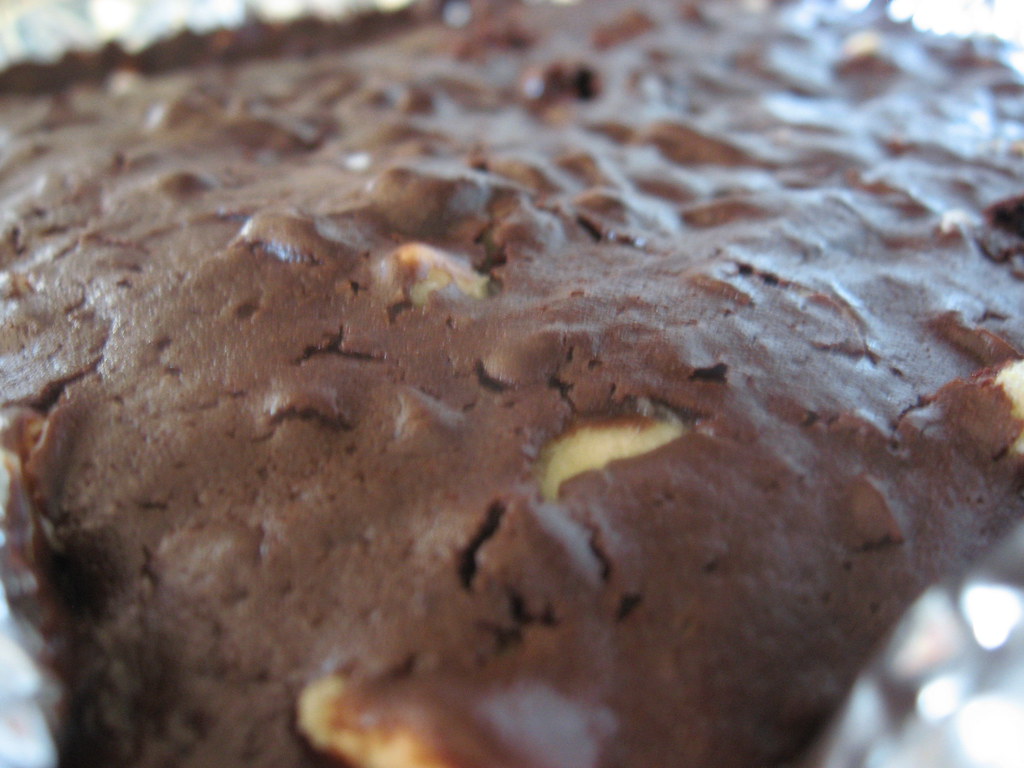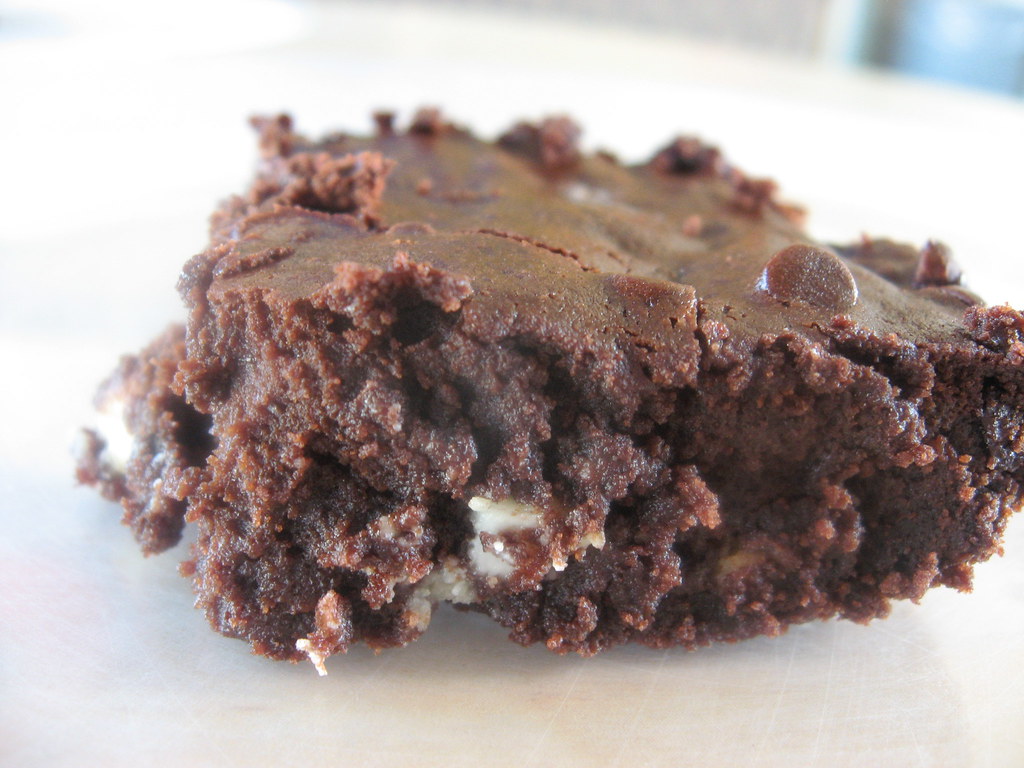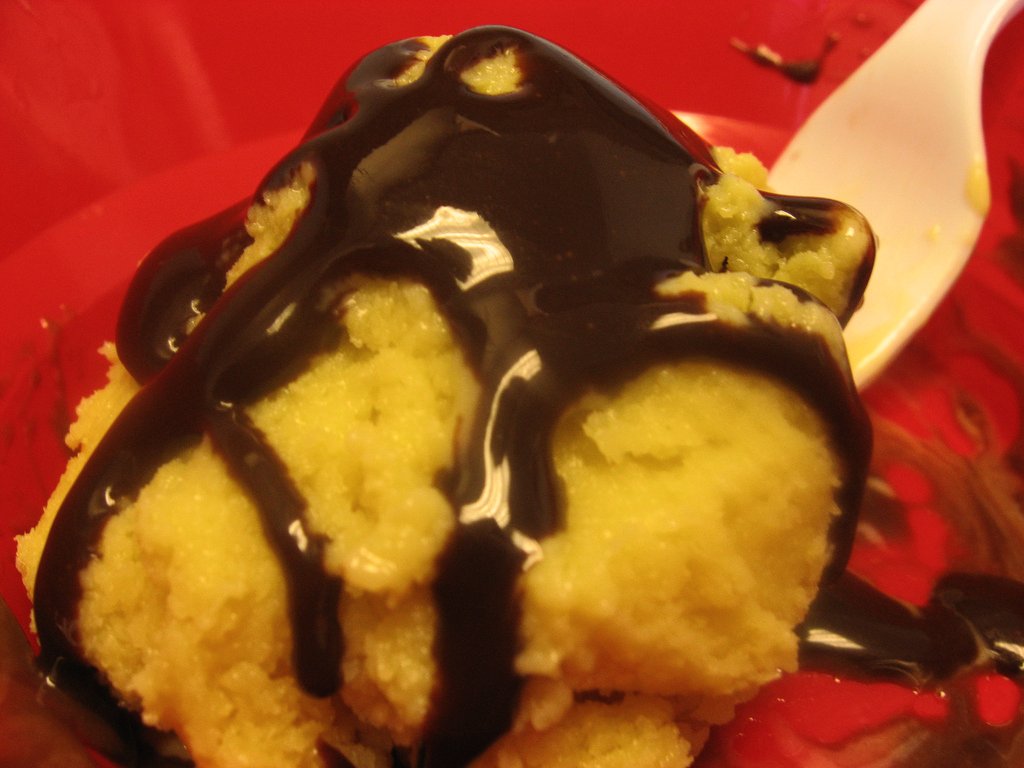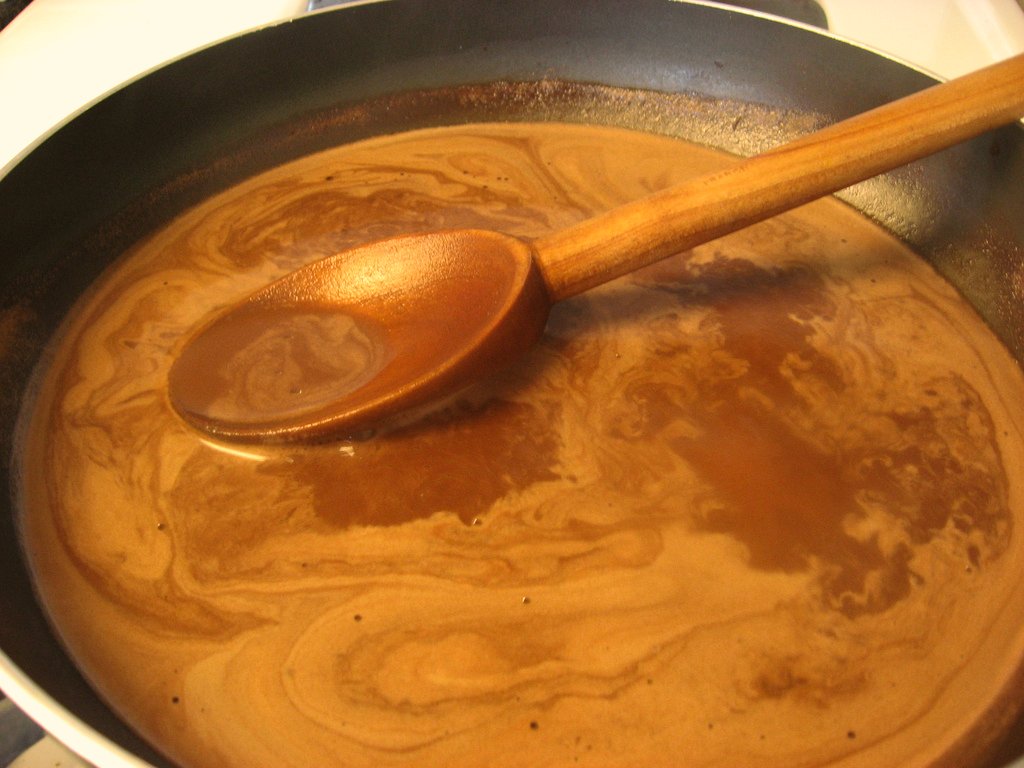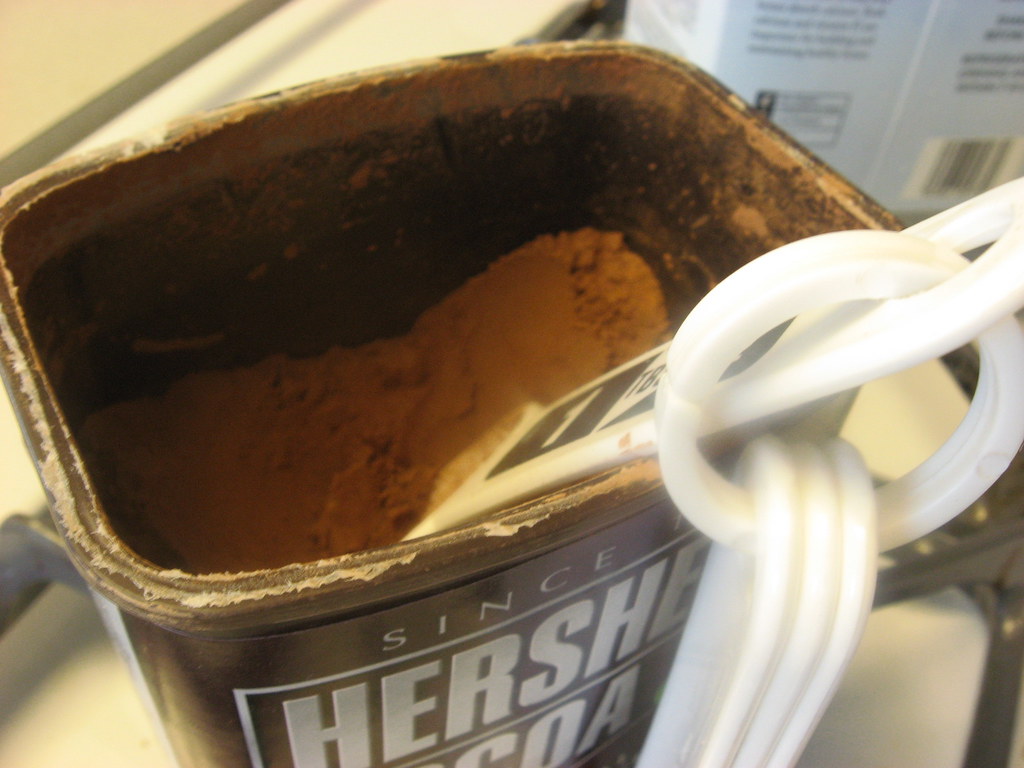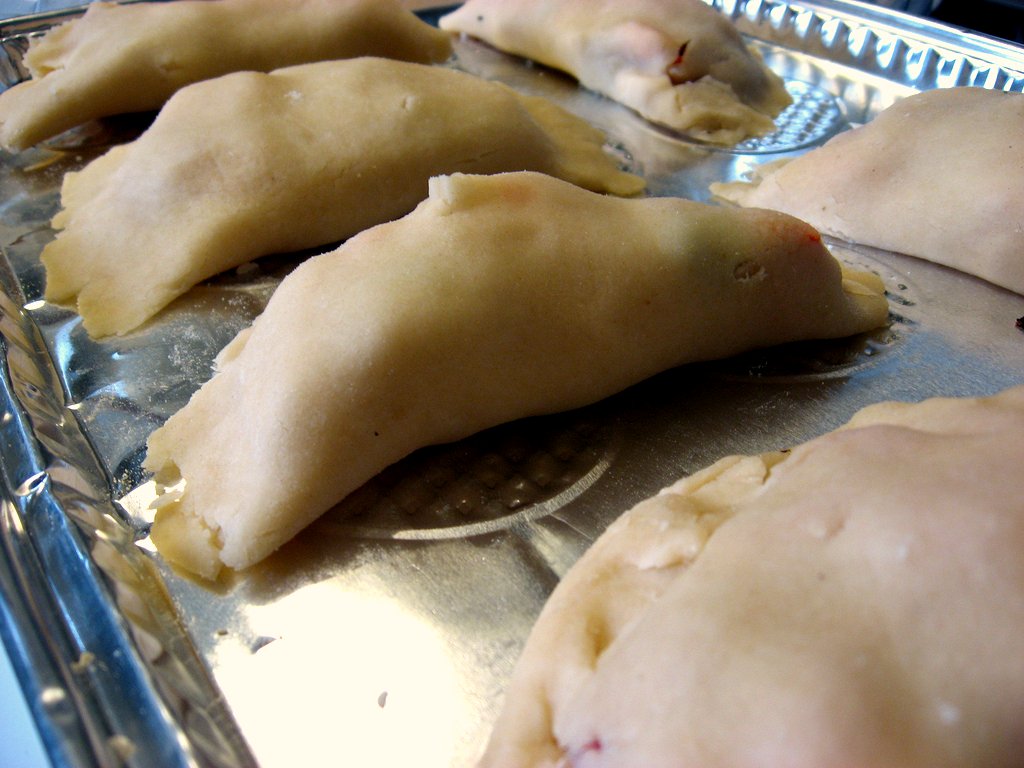EJL: What do you want me to bake you for your birthday?
TopHatAndGoggles: Inside-Out Oreos.
EJL: ?
My friend continued in a detailed and loving description of a treat composed of Hershey's chocolate smashed between two sugar cookies. Alright, I said. But I'm making it into a cake. And changing a few other things, too. (I love chocolate. I do not particularly love Hershey's).
This was a dense treat, a lot more like a bar than a cake. We ate it by slicing off squares and picking them up like brownies. I think there are some small children out there who would enjoy this enormously. TopHatAndGoggles ate a good 3/4 of a pan all by himself, so I think I can safely call this venture successful.
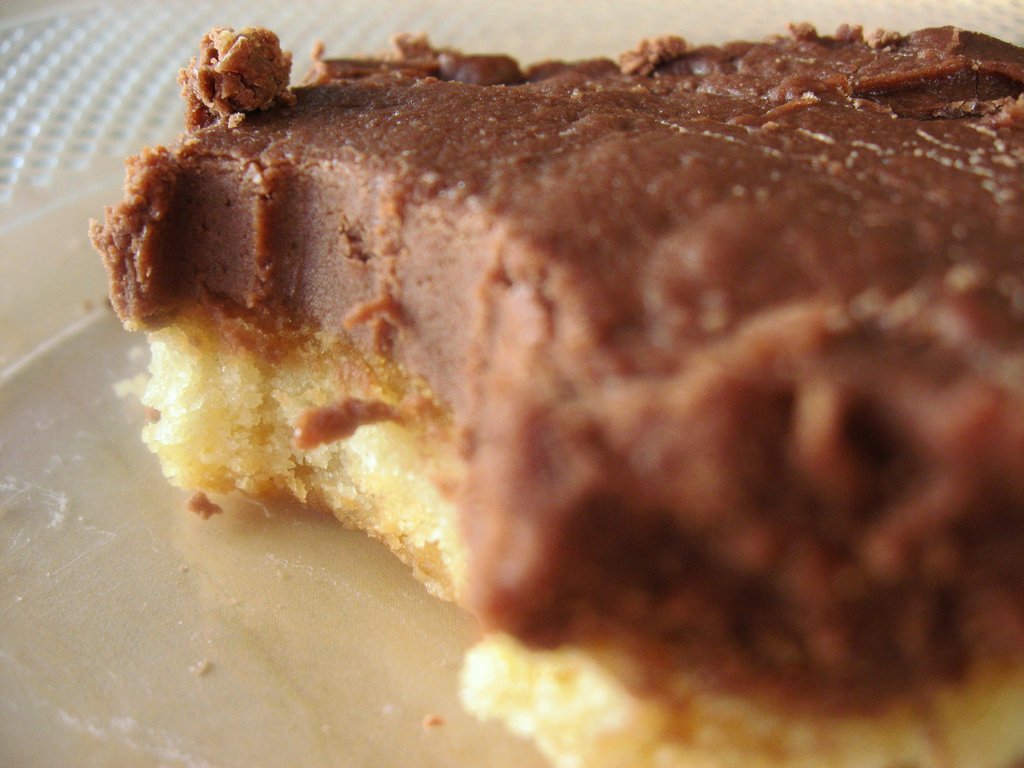
Inside-Out Oreo Cake
This one's for Mr. TopHatAndGoggles
1 C butter, softened
1 1/2 C white sugar
1 egg
1 tsp vanilla
1/2 C milk
3 C flour
1 tsp baking soda
1 tsp baking powder
Preheat oven to 350.
Beat butter and sugar together until smooth. Beat in egg, milk and vanilla until fluffy. Add dry goods.
Press into two 8 x 8 cake pans. It will be sticky. Bake for 30-35 minutes or until golden. The centers will fall in.
Let cool for a few minutes and then frost while it's still warm. Ideally, the frosting will melt and meld with cake into a tasty solid bar of chocolate and cookie-cake.
My favorite cake frosting is the buttercream. I start with a very basic recipe: 1 Tb butter to 1 C powdered sugar to 1 Tb milk. With that basis I add whatever other flavorings I need (vanilla, chocolate, pomegranate, what have you) and taste test (the best part) until I have the right ratios.
Chocolate Buttercream Frosting
2 Tb butter, soft
2 C powdered sugar
3 Tb milk (extra Tb because of the chocolate)
1/2 tsp vanilla
1 C chocolate, melted
Beat all ingredients together. Taste and alter. (I made this particular batch very dense (aka didn't add very much extra milk) which I think worked very well for this cake).
Almost gone...
My buttercream frosting-tasting game plan:
if it tastes too manufactured and sweet and ick (aka there is too much powdered sugar), add more butter;
if it's too thick, add milk;
if it's not sweet enough add powdered sugar AND a little milk (the ratio between these depending on the thickness of frosting);
and almost always add a little vanilla, too, because it makes the other flavors stand up and shout.
Nothin' but crumbs.
Do you have any other desserts fashioned off nostalgic childhood favorites? I have a great desire to make a Hostess Cupcake one of these days.


